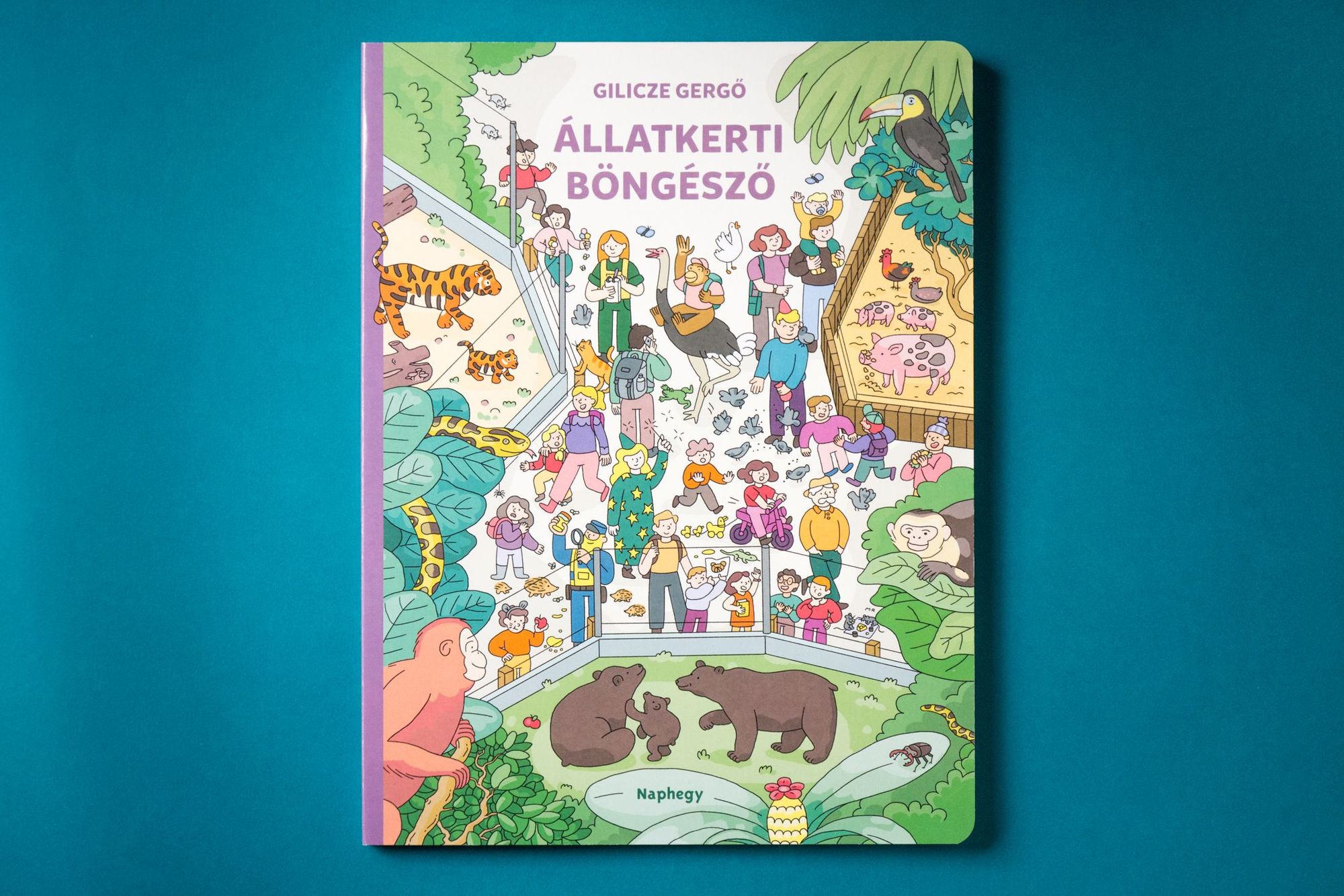Many things can happen on an average weekend in the crowded zoo: including a monkey handing out bananas to the visitors, Tarzan hanging on a rope from the top of the Elephant House, butterflies escaping the butterfly house through a door left open, and if that wouldn’t be enough, a mysterious magician could also pop up here and there. We talked to illustrator Rebeka Molnár and Gergő Gilicze in relation to the seek-and-find book Állatkerti böngésző released over the past few days.
Gergő was contacted by Hungarian publisher Naphegy Kiadó a few months back, with the idea of expanding their selection of seek-and-find books for kids with an edition about the zoo. Thus, the format, the topic and the age group was already given, but Gergő received a completely free hand in terms of the stories and the presentation of the locations. Of course, he consulted the publisher on several occasions during his work: they also finalized the list of animals to be featured in the book together.
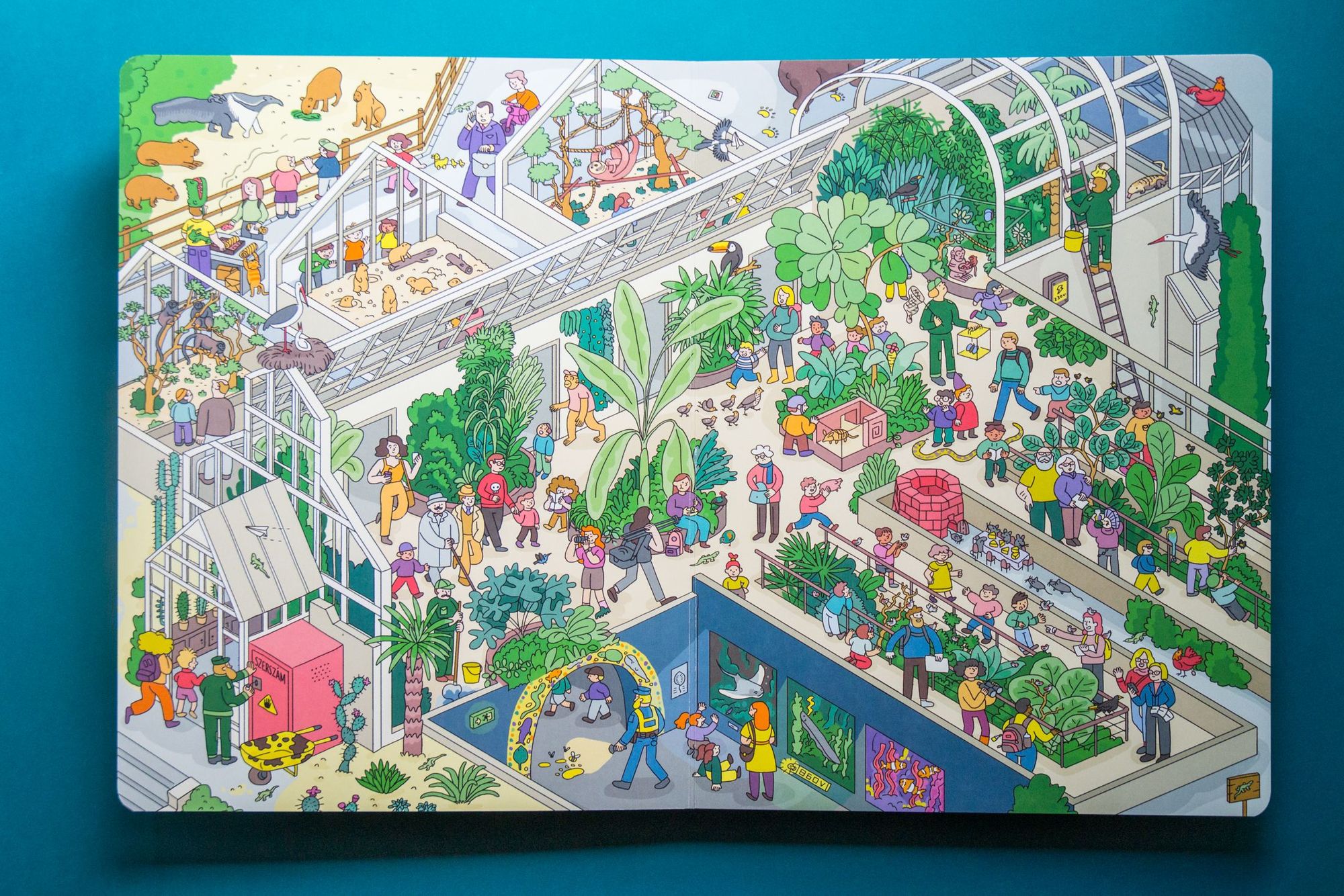
“At the end, if I counted correctly, a total of 118 different animal species have made it to the book. The seek-and-find book starts at the entrance of the Budapest Zoo, goes through all the important locations and the majority of the iconic buildings also pop up with the species of the regions related to them. My favorite is the building of the America Tropicana, which presents the flora and fauna of the American continent,” Gergő said, then he continued with: “The kind of trust and freedom that Rebeka and I received from the publisher benefitted the book greatly—we had enough elbow room, and so we could fill it with a lot of tiny, loveable details.”
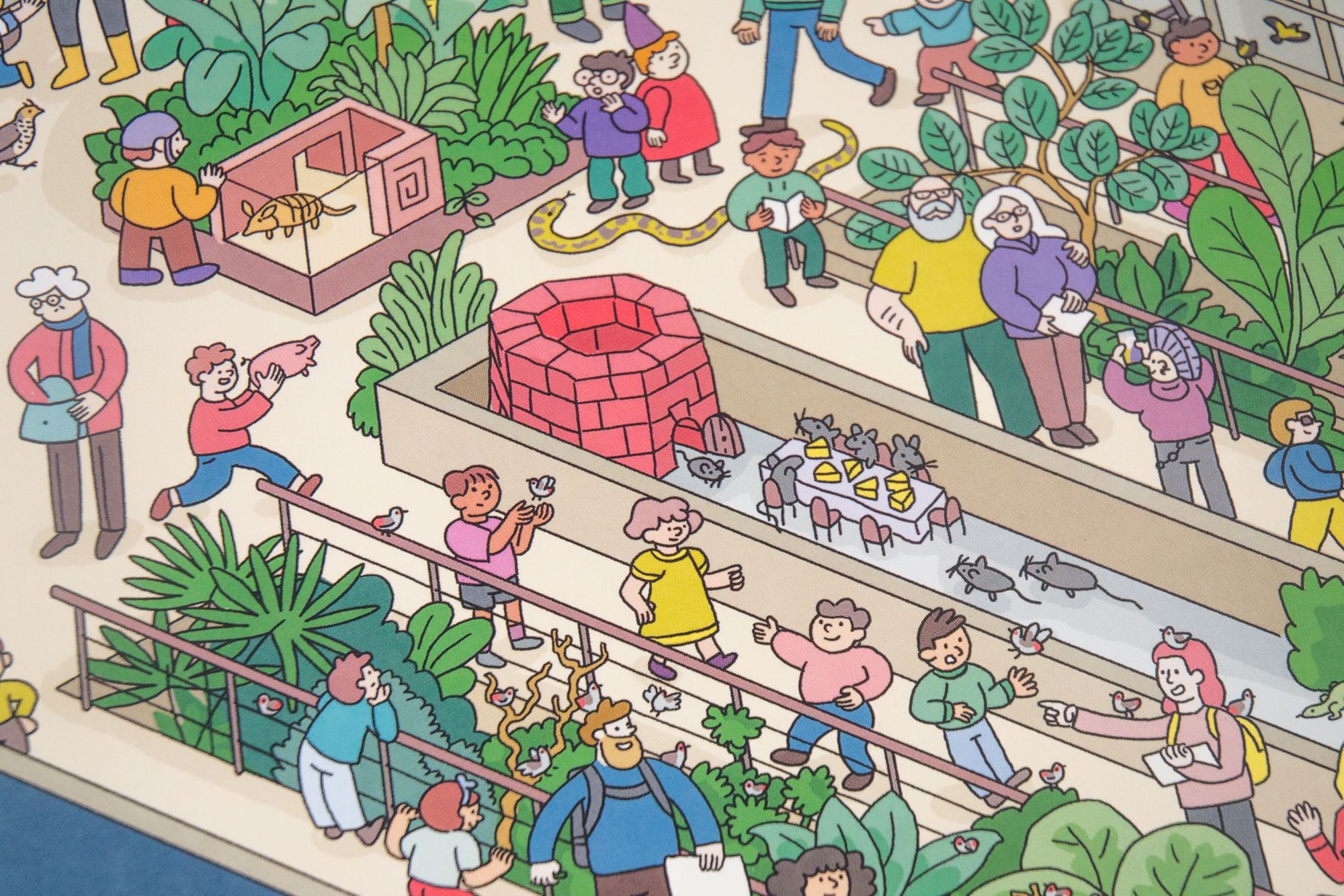
It allowed Rebeka, for example, to feature both of their families and a few good friends in the book, too. Gergő’s favorite detail is the locomotive driven by a monkey, freeing giraffes in the carriage attached to the same. “As a matter of fact I already knew at the start of the project that I would somehow sneak the railway track starting from Nyugati Railway Station in the book, because earlier I saw the zoo most often from trains,” Gergő explained.
Rebeka and Gergő—who also happen to be a couple—have already worked together on several projects, and their work was extremely smooth this time as well. While Gergő mainly focused on the concept, the environment, the stories and the animals, Rebeka worked on the crowd scenes and coloring. “When I joined the project, the basis of the book was already done. I mainly had to complement the drawn stories with secondary characters to make them all the more lively and dynamic. Then Gergő finalized the pages—this is how the book could keep its uniform style,” Rebeka shared with us.
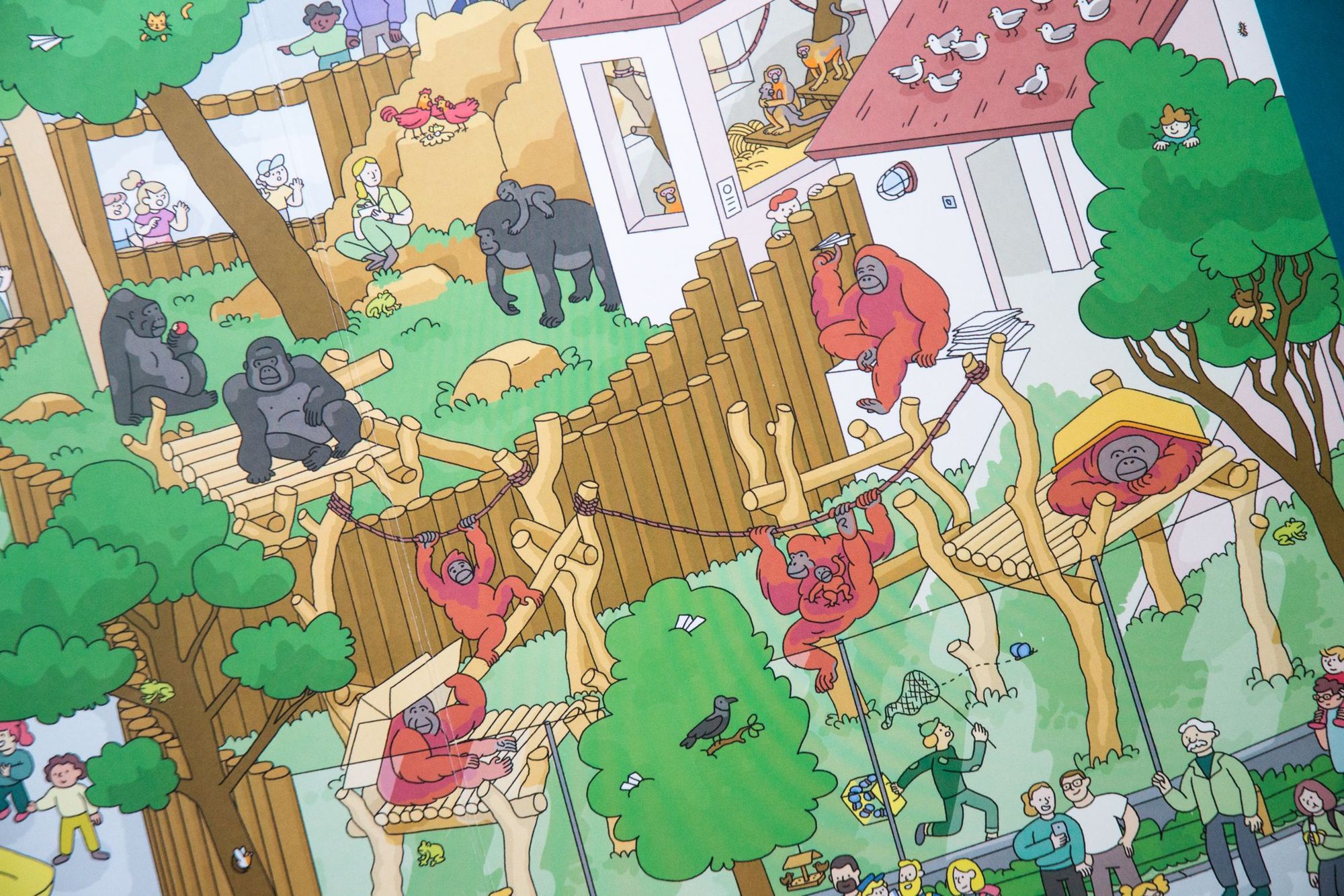
At the very beginning, their plan was to draw the majority of the seek-and-find book on the spot. However, the Budapest Zoo was shut down last year before this could have been implemented, and so they could only rely on the photos they took in the course of their first survey.
“Until now, I only visited the zoo for the animals, and so it was surprisingly difficult at first to determine what people do and how they behave there. I wanted to have a diverse range of characters, with individual stories and individual situations. Even though the Budapest Zoo was closed at the time, Google Maps allowed us to visit a lot of foreign zoos virtually, which proved to be a great help during our work,” Rebeka added.
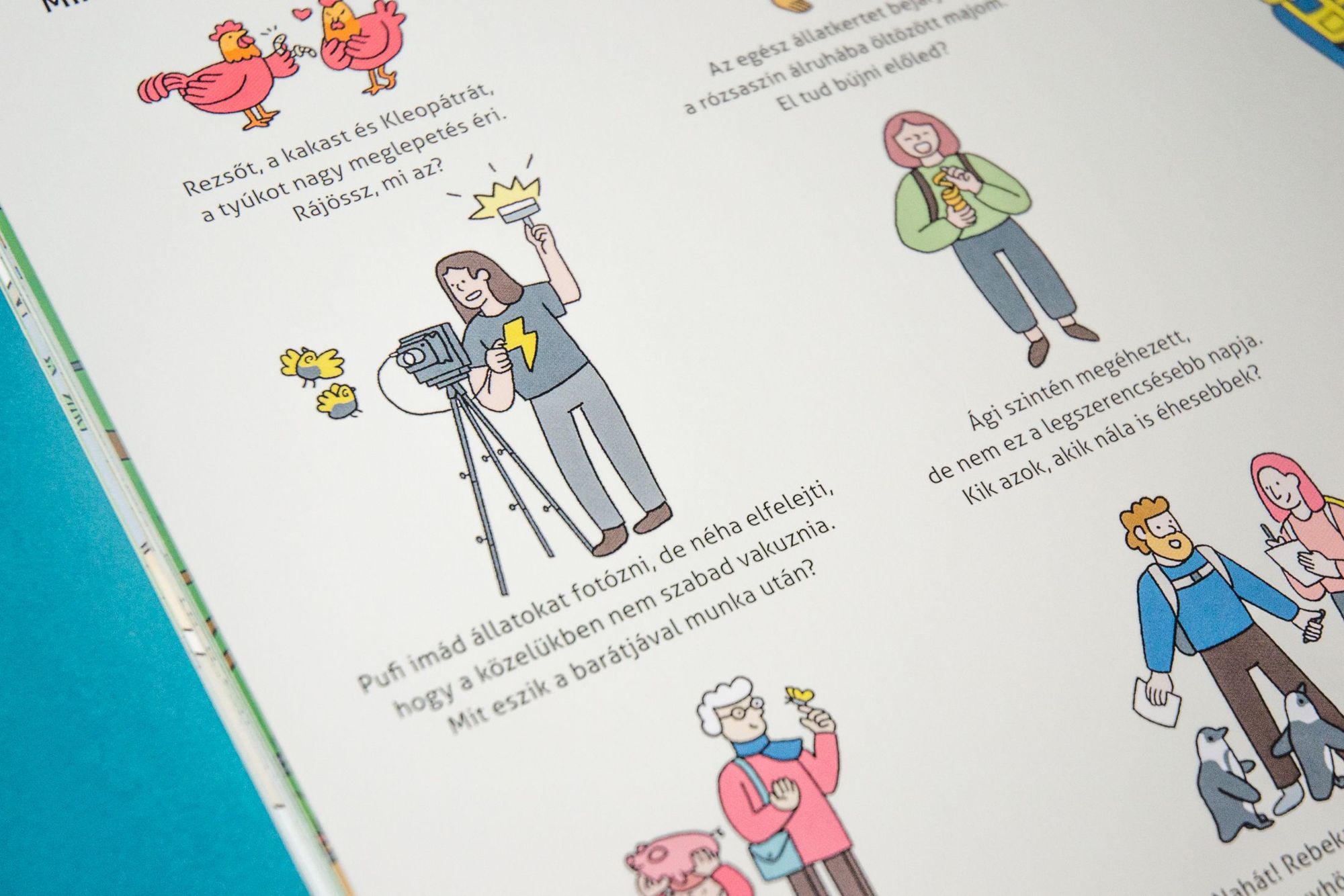
In addition to Grandma Linka, her grandson Tomi and Marci the cat, Rebeka and Gergő themselves also appear on all seven pages of the book. Besides it being fun to look for them on the given locations, there are numerous other great things to discover: including, among many others, seven small animals. “I’ve purposefully chosen animals that also live out in the wild, and so it’s not odd if I place them among people. Another important aspect was for them to be small because this way they are harder to find,” Gergő told us. “Like the spiders around Nagyszikla. Those are particularly hard to locate”, Rebeka added.
Even though neither of them had seek-and-find books as children, both of them liked to look at detailed drawings, even for hours. One of Rebeka’s favorites was John Farndon’s What happens when–?, while Gergő enjoyed Philip Hawthorn’s The Usborne Book of Fairy Stories the most, among others. Regarding the latter, Gergő added: “In the illustrations related to the stories, one had to find a small yellow duck. I couldn’t imagine a single better thing in a book than this at the time, and this has remained true to this day.”
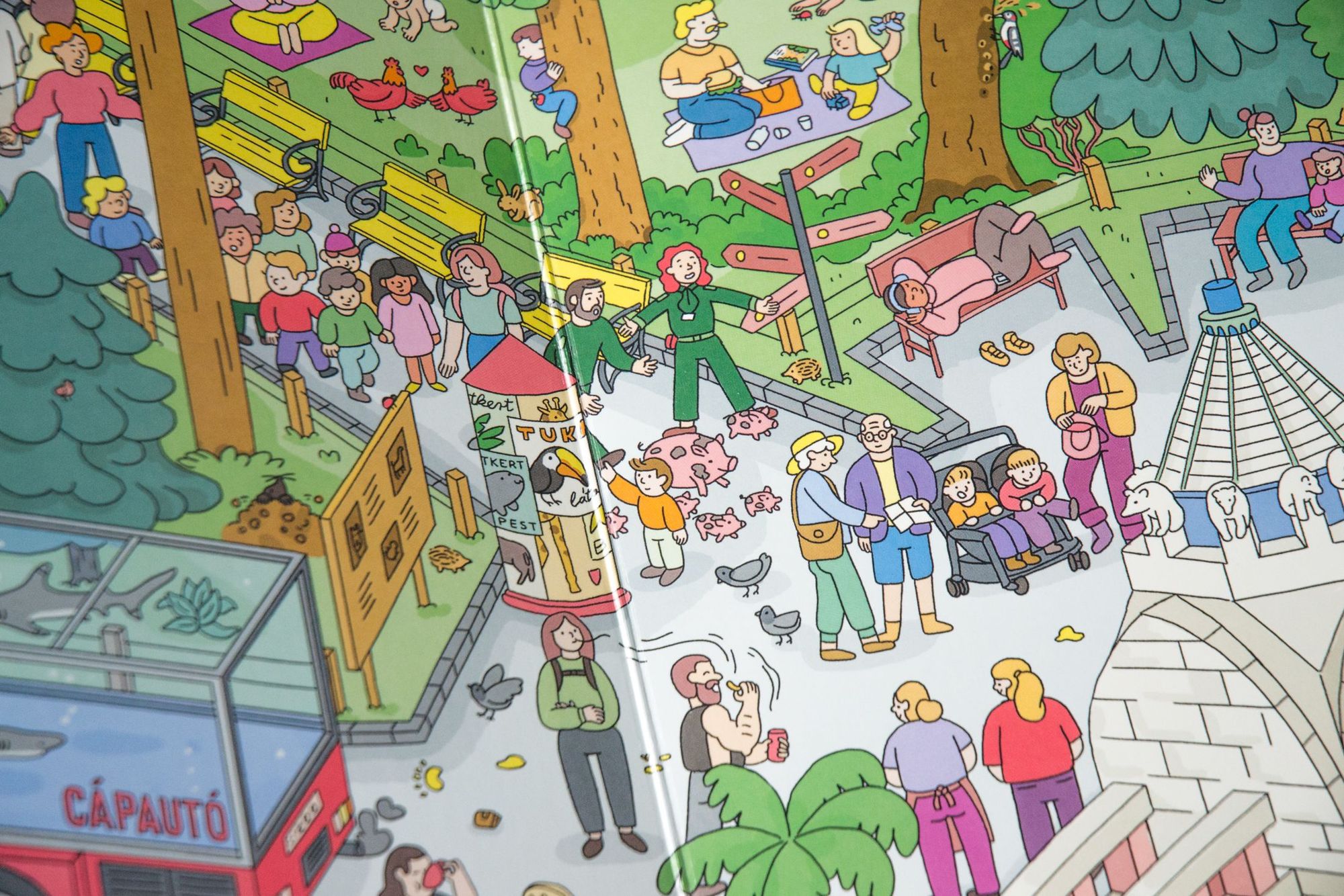
“In publications like these, there are countless things happening all at once, and it’s up to the reader to decide which adventures he or she would like to take. I think this freedom is the greatest advantage of seek-and-find books,” Rebeka told us.
While they were drawing the book, they listened to almost all one-hour-long Poirot episodes from the Agatha Christie series, and so it comes as no surprise that the detective also made it into the book: “Watchful readers can even find Poirot and Hastings on one of the pages. Here’s a hint: they are walking in Gergő’s favorite building,” Rebeka added.
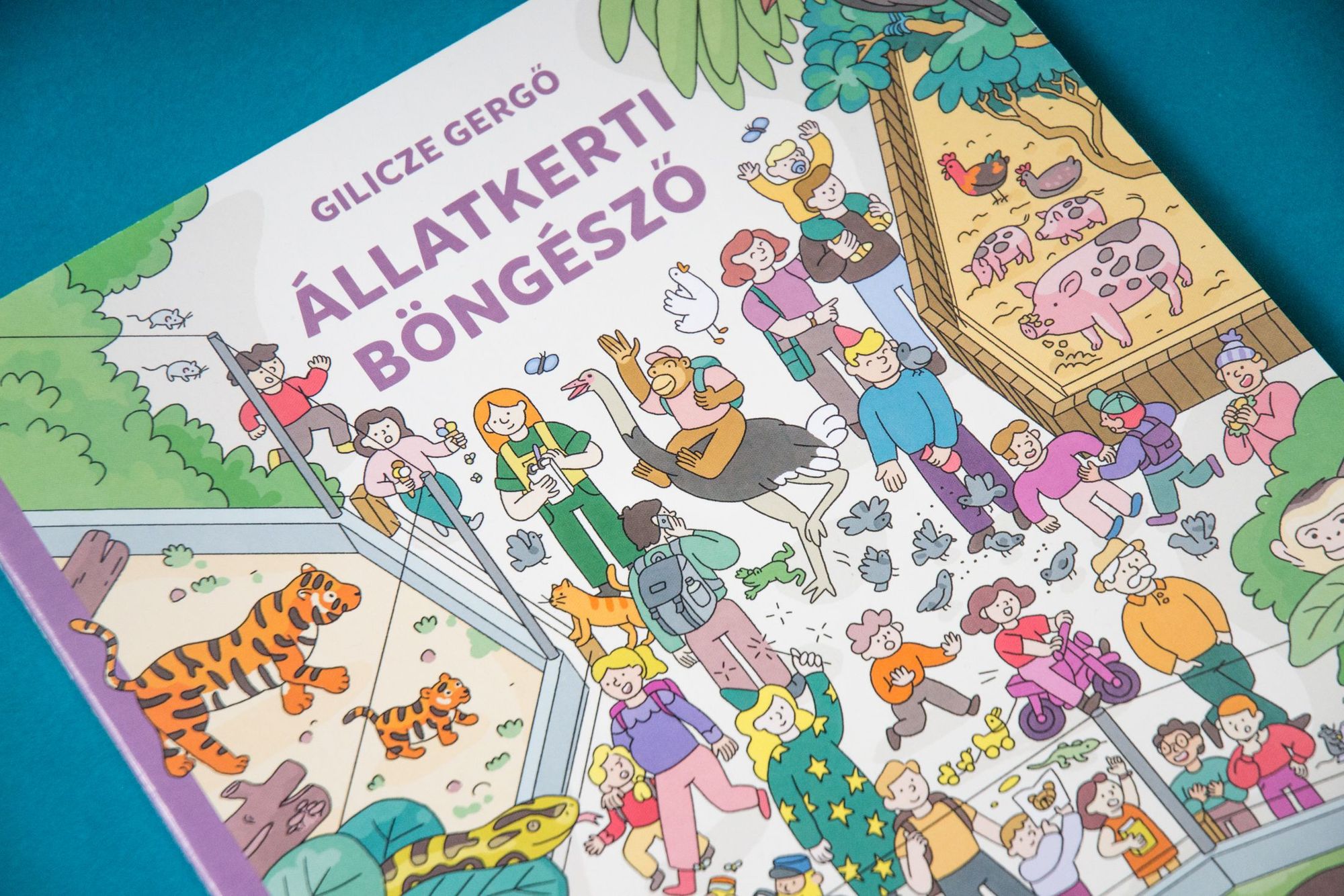
Rebeka and Gergő are already planning their next seek-and-find book: they are thinking about a book presenting medieval life or a museum, but these are only ideas at the moment. Until then, they can’t wait for the Budapest Zoo to open and to take the book with them—they are curious to see how much they got the atmosphere right. We think they couldn’t have done it better!
Rebeka Molnár | Web | Behance | Instagram
Gergő Gilicze | Behance | Instagram | Facebook
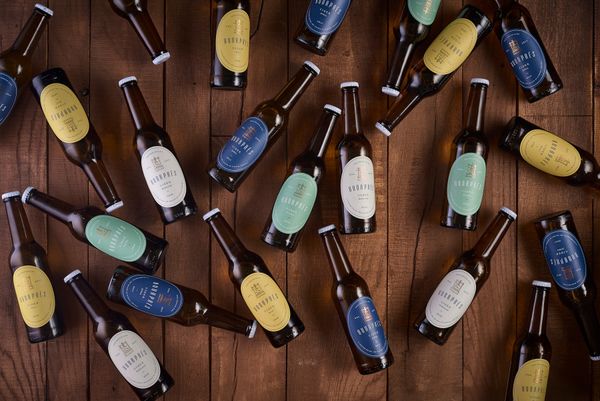
The best thing that can happen to an apple | BudaPrés Cider
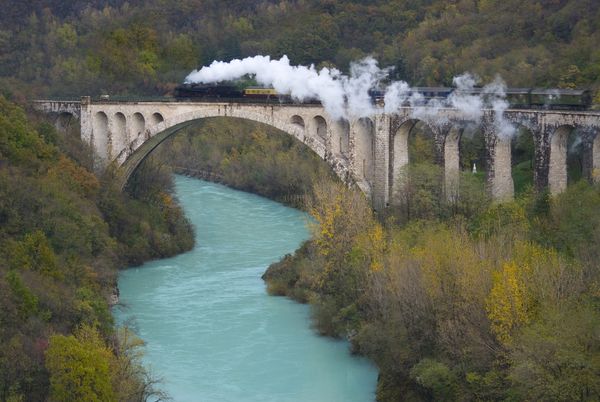
The most beautiful railway lines in Eastern Europe | TOP 5










